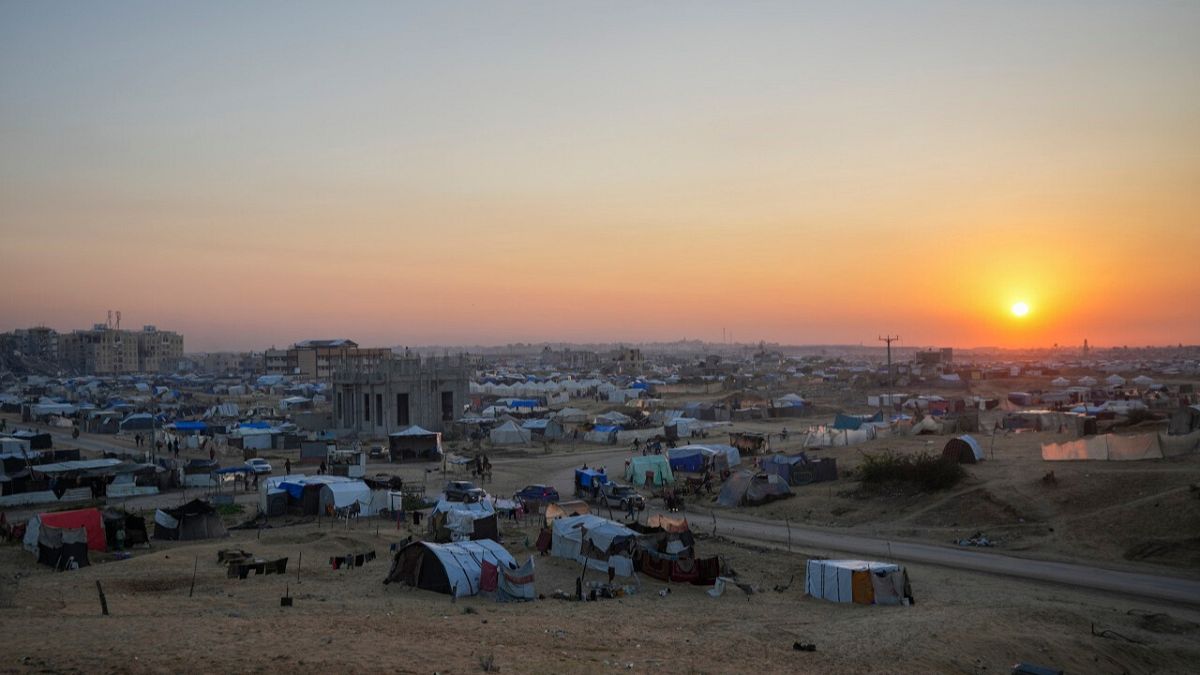EDMONTON – Alberta’s energy regulator has defended its finding that the province’s largest recorded earthquake was caused by oilpatch activity, saying the pattern of temblors since last fall clearly points to a water disposal well even though there’s no suggestion rules were flouted.
“The connection between the earthquake sequence and the disposal well injecting into the deeper Leduc Formation was clear,” says a timeline of the research conducted by the Alberta Geological Survey, a branch of the Alberta Energy Regulator.
The release of the timeline comes three days after Obsidian Energy, a Calgary-based oil and gas producer, openly challenged the regulator’s attribution of a 5.6 magnitude quake last November to operations of the company’s deep disposal well near the town of Peace River.
“Since we have not seen any data or other evidence for the (regulator’s) conclusions, we cannot – and do not – agree with these conclusions,” said Obsidian president Stephen Loukas in a release.
“We have requested data from the (regulator) and intend to engage independent third-party experts to help us better understand (its) reasoning.”
But the timeline, obtained by The Canadian Press, shows the regulator’s conclusion was based on months of study, analysis from outside experts and the evidence of multiple seismic shocks and aftershocks.
On Nov. 29, 2022, a magnitude 5.6 earthquake about 40 kilometres southeast of Peace River knocked people to their knees and rattled both windows and nerves.

iStock.com/MarcBruxelle
Oilpatch techniques like disposal wells that inject wastewater kilometres underground can induce earthquakes. One area disposal well has pushed more than a million cubic metres of water underground.
But provincial geoscientists originally concluded the big quake was naturally caused.
It was too deep to be from energy activity, they said. Nor did it line up with company data on the timing of water disposal.
“However, further work was needed to characterize the event,” the timeline says.
Scientists placed sensors around the earthquake site to capture data from aftershocks and outline underground strata. That data was given to a third party for analysis.
Still, the frequency and size of aftershocks near the main shock continued to decay, consistent with a natural earthquake.
Then another earthquake with magnitude of 3.2 happened on March 9 at a shallower depth. On March 16, a magnitude 5 earthquake took place near where the November temblor shook.
“The recurrence of large, felt seismicity, more typical of induced seismicity led the (survey) to more strongly suspect the events associated with this cluster were induced,” says the timeline.
An environmental protection order was issued to Obsidian on March 23. The company must submit plans to reduce the frequency and magnitude of the events and increase monitoring.
The regulator’s conclusions were backed up by an independent study by seismologists at Stanford University, the University of Alberta and Natural Resources Canada. The regulator did not see that study before releasing its finding.
Obsidian did not comment on the regulator’s timeline. But in its March 27 release, it maintains it has followed the rules.
“The company’s water disposal well is both approved and licensed by the (regulator),” it said.
“Obsidian Energy ensures that all of our operations are in compliance with regulatory requirements and operates the water disposal well at pressures far below licensed rates. Obsidian Energy’s well has operated safely for more than a decade, as have, to the best of the company’s knowledge, similar water disposal wells operated by other oil producers in the vicinity.”
Ryan Schultz, one of the seismologists behind the university study, has said the induced seismicity could have implications for Alberta’s plans for large-scale injection of carbon dioxide into similar wells to reduce greenhouse gas emissions.
“If carbon capture is going to be done at a scale that is going to combat climate change, then significant amounts of volume need to be put in the ground,” he said after his study’s release. “You might expect then also getting these types of earthquakes the more volume that you store.”
Schultz said the events around Obsidian’s well should cause governments to require much more extensive seismic monitoring around carbon capture and storage.
Feature image by iStock.com/photofellow









